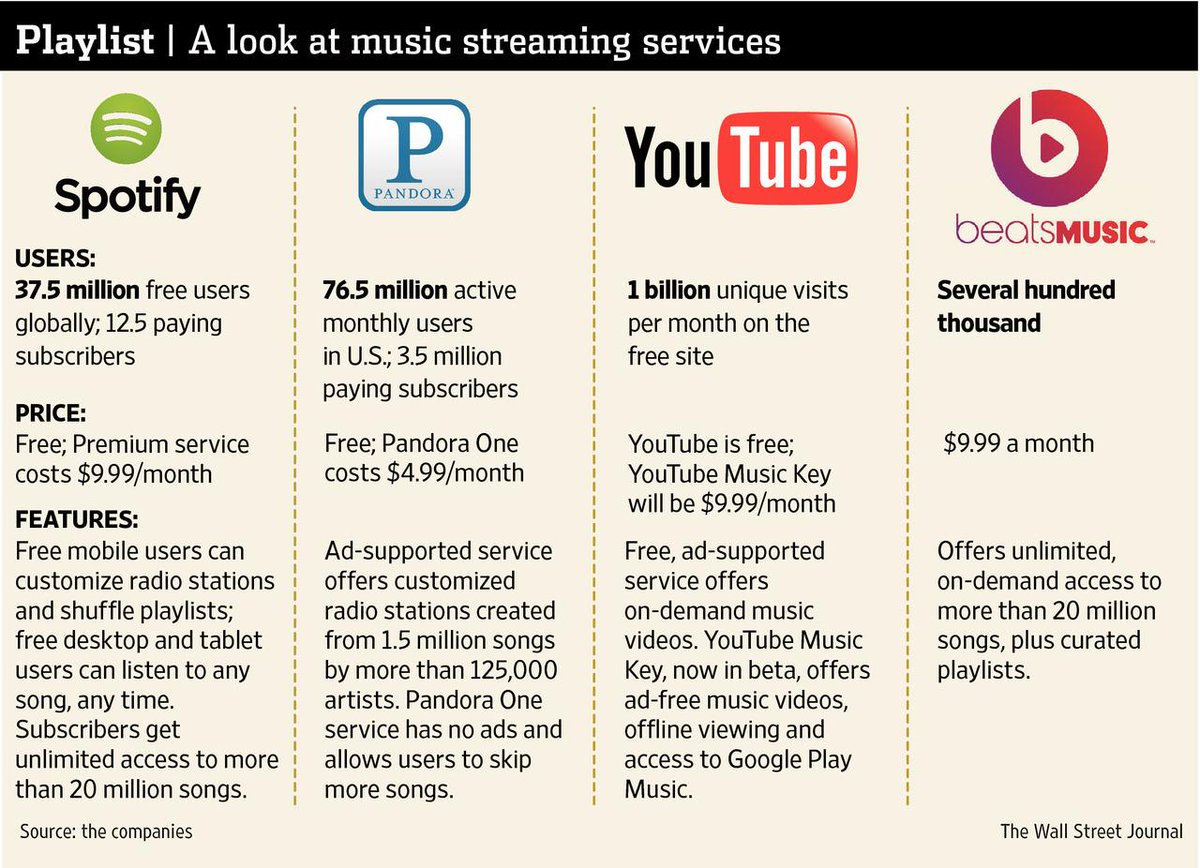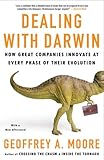It's no secret (and no surprise) that Apple has not been the same since the retirement and death of Steve Jobs in 2011. But with the stock stalled, now some are calling for Jobs' hand-picked successor, Tim Cook, to get the axe.
The public challenge came this week from Trip Chowdhry, head of a small (and little-known) Bay Area stock analyst firm. From my PR background, it appears to be a (successful) attempt to gain publicity by getting ahead (or fueling) a change at Apple.
His March 8 analyst note is direct and to the point:
RESEARCH: Every month we attend 8 to 11 Technology conferences, Summits and User Group Meetings, and speak to no less than 300 people. Here is the converged view on Apple
KEY MESSAGE:
• Apple Shareholders, Apple Employees and the Developer Community at-large have lost confidence is Apple’s current leadership
• Apple’s CEO Tim Cook is being incentivized to operate in a comfort zone of complacency until August 2016
• To prevent further destruction of shareholder value, Apple’s CEO and CFO need to be replaced sooner rather than later
• The team of Jon Rubenstein [sic] (Father of iPod) as CEO and Fred Anderson as CFO, may be best to revive Apple
He notes that Apple stock has fallen since its 2012 peak, while the NASDAQ has risen. While comparing to the stock's (any stock's) peak is unfair, Apple has lost ground to Google over the past 2 years (although Apple out gained Google over the past 5 years).
 |
| Apple vs. Google share price, March 2012-March 2014 (source: Yahoo) |
While I recommend reading the
entire document, I’m not sure how much stake I put in his conclusions, and not just because he misspelled the name of his would-be savior,
Jonathan Rubinstein. Let me take the report’s arguments in order.
An Impossible Standard
First, no one — no one — could repeat Steve Jobs’ success: Steve Jobs is an
impossible act to follow. In the 14 years of the
Jobs II era (1997-2011), the company created
the iPod, iTunes, iPhone and iPad. (This doesn't even include launching the company and creating the Apple II and Macintosh in his first decade at Apple). While there have been great CEOs in the past 50 years — Jack Welch and Lou Gerstner come to mind — none has the sustained record of innovation and industry transformation to compare to Jobs. (One might argue Intel had more of an impact on the IT industry, but it was under a series of CEOs).
The fact is, hired CEOs can often succeed at squeezing out fat, but are rarely successful at driving innovation. Welch led tremendous improvements in efficiency (which allowed GE to successfully diversify) and Gerstner accelerated a long-overdue shift from high-margin (but increasingly commoditized) hardware to low-margin, differentiated services. It's almost always the entrepreneurs and founders (like Jobs) that create the breakthrough business models and technologies that transform an industry.
A decade ago, the Apple community was speculating who would eventually replace Jobs. One scenario was to buy a Facebook or Twitter and let the acquired CEO take over. (That is, after all, how Jobs rejoined Apple in late 1996 after selling NeXT back to his former employer). But buying an immature (if inspired) leader of a one-trick pony is not going to help the world’s most valuable company create new forms of diversification.
Developer Disinterest
I am inclined to discount the developer reaction, for two reasons. First, developers (particularly Apple developers) tend to be whiny when the platform leader doesn’t give them everything they want — yesterday. That was my world for 15 years, and without visibility into the priorities (and limitations) of the mother ship, we were always good at telling Apple what we wanted but not much help in getting there. (I don’t imagine Microsoft developers are any better).
Second, we know Apple’s developer loyalty had peaked and would peak. As
Mike Mace and I showed four years ago, Apple got
ahead of its competitors with the iPhone but gave everyone something to copy. At some point, one of its rivals (in this case Android) would match many of its best features, attracting both buyer and developer interest. In addition, as in any platform war, developers who missed out on the first platform will hope to strike it rich on the second, while winners on the first platform look to add other platforms to obtain revenue growth.
Lack of Urgency
A major thesis of Chowdhry is that the stock option grants to Cook do not encourage him to act quickly, but in fact encourage him to wait another two years to stimulate the company’s growth. It’s unfortunate that Chowdhry didn’t make this point two weeks ago, because this would have been a great question for shareholders to ask at the Feb. 28 annual meeting.
I don’t know Cook, his financial situation or motivations, but certainly the whole point of options is to encourage executives to act in the best interests of shareholders. But I do agree with Chowdhry that Apple can’t wait, and if there are new technologies ready to release (iWatch, a new AppleTV) they are long past due.
 |
Jon Rubinstein
Qualcomm Annual Meeting
March 4, 2014 |
Anointing a Savior
Probably the strongest contribution of the piece is the suggestion of Rubinstein. I don’t know if Rubinstein (former NeXT and Apple exec, former Palm CEO, current Amazon and Qualcomm director) would do a better job that Cook.
However, from having followed him for more than a decade, I think he is a very plausible choice. He is an innovator, he seems to be able to lead large organizations, he knows Apple well. He also seems to have the ego necessary to be a great Apple leader — not the ego of a Jobs or Gates (let alone a Musk or Ellison), but enough to really throw himself into making the company great once again.
Is there a better choice for the next Apple CEO than Rubinstein? Maybe, but I can’t think of one. (Then again, Carol Bartz
looked good on paper before joining Yahoo, and we know
how that turned out).
A Foolish Consistency
“A foolish consistency is the hobgoblin of little minds”
Ralph Waldo Emerson.
I’d never head of Chowdhry, but then (except for my iPhone research) I haven’t followed Apple as closely as I did before I
closed my company in 2004. A quick Google search found two stories about his prior predictions for Apple.
First,
a July 2013 story (by an Apple fanboy) in
Fortune lambasted Chowdhry for saying innovation at Apple was over. It cites the four points of the latter’s complaint
- Apple has not innovated since the passing away of Steve Jobs.
- The likelihood of Apple being able to come up with innovative product ... is very slim, given that the Apple Stock is 40% below its high of $705: This lower stock price is prompting some of the smarter Apple employees to leave Apple for other companies such as Google, which is a very serious problem for Apple.
- Apple has changed from being an innovative company to a company returning cash to the shareholders; and that has completely backfired: ... Everyone is wondering who is getting all the Cash? ... Some are speculating if Tim Cook and Peter Oppenheimer will remain at Apple.
- The current executive team led by Tim Cook and Peter Oppenheimer have destroyed the shareholder value at Apple:
So in some ways, this makes the March 8 report old news, but at least it’s consistent.
However, the other story from January 4 of this year
reports:
Global Equities Research analyst Trip Chowdhry came out in support of a bullish perspective on Apple (NASDAQ:AAPL) in a recent research note obtained by Street Insider. The analyst argued that Apple has the ability to continue to expand its gross margins throughout 2014. Chowdhry reiterated his “Overweight” rating on Apple shares and an $800 price target.
Hmmm... The stock closed at $536 on Tuesday, below where it was on January 1. If I were Chowdhry’s customer, this quick flip from bull to bear would cause me to question his competency more than a simple spelling error.
Conclusions
As an Apple shareholder and 30-year Apple user, the questions Chowdhry raises are important ones, and long overdue to be discussed.
Only three directors have the potential to put pressure on Cook. Art Levinson is board chair and was CEO of Genentech from 1995-2009. Bill Campbell was an Apple execs in the 90s (head of Claris) before becoming CEO of Intuit in 1994. Finally, Robert Iger has been CEO of Disney since 2005 and an ABC executive since 1974.
Alas, if Apple holds true to form, it will be like any other
Fortune 500 company and fight change tooth and nail. The directors will circle ranks around the CEO, either because they believe in him, because they are cautious, or because they know a new CEO will replace most of the board. (Al Gore, in particular, seems unlikely to be retained by a future board, and so can cash his $54m in Apple shares and move on to something else).
So if there is going to be change at Apple, it will come from BlackRock, the investment firm that is Apple’s largest shareholder (at 5.6%) according to Apple’s most recent proxy statement — a shareholding unchanged
from a year ago. Its shareholdings would be worth $8.4 billion more if Apple returned to its September 2012 stock price.
The reality is that Apple must innovate — or stagnate and slowly die (ala HP). Its competitors will copy its best ideas, and thus it must continuously come up with new ideas. That’s the opportunity — and risk — of being an innovator.
As someone who sleeps in a house paid for by Apple’s success from 1998-2002, I’d like to see Apple regain its mojo. But at this point, I’m not optimistic enough to place a major bet on such a revival.














![[feed]](http://photos1.blogger.com/x/blogger2/6971/993546936938810/1600/z/962294/gse_multipart3851.gif)
